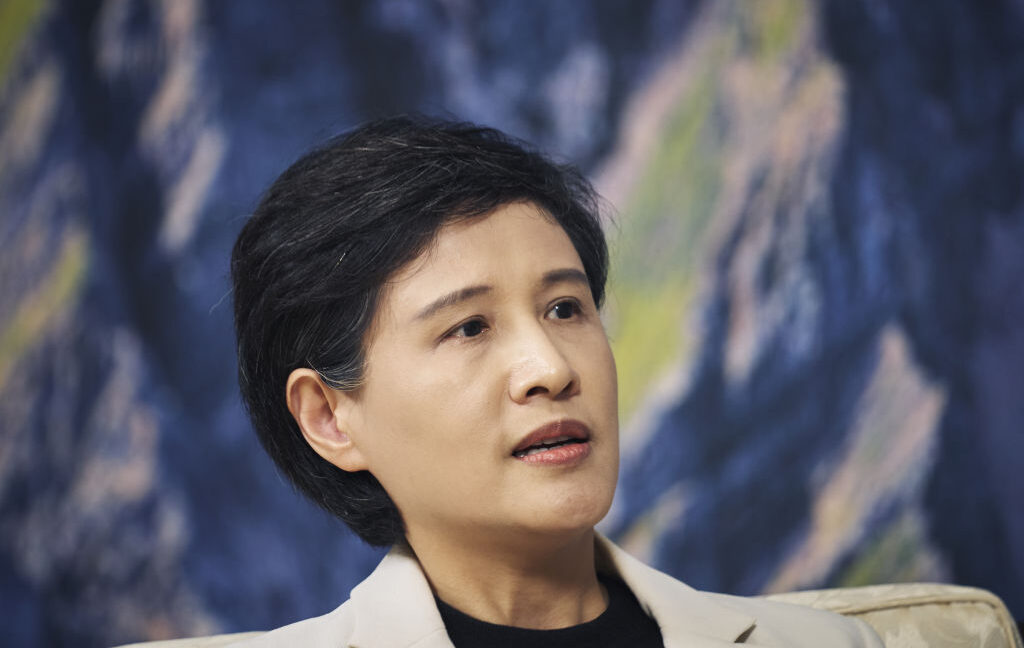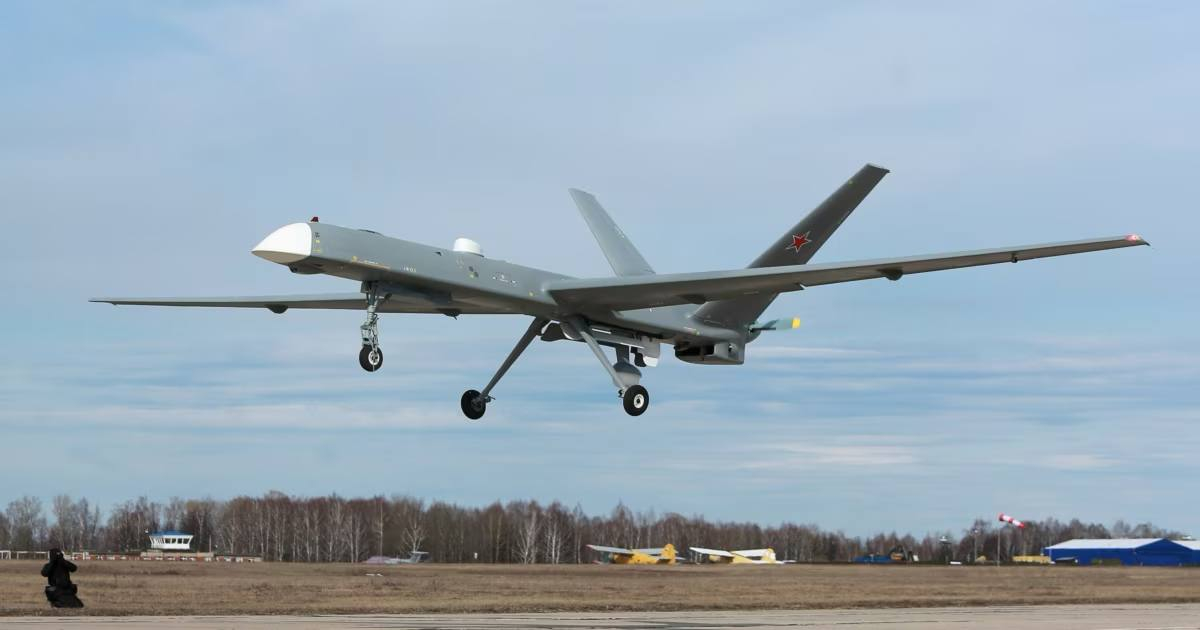
Taiwan has no plans to move half its chip production into the US, Vice Premier Cheng Li-chiun confirmed, quickly pushing back on seemingly false claims that the US had raised the condition during recent trade talks.
US Commerce Secretary Howard Lutnick had suggested that Taiwan was currently mulling moving half its semiconductor supply chain to the US in exchange for “some kind of security guarantee,” as Taiwan faces the ongoing threat of a potential Chinese invasion. Trump has maintained since taking office that reshoring of semiconductor supply chains is critical for economic and national security, and Lutnick indicated that Taiwan should agree to the unusual terms because it needs the US for protection.
But speaking Wednesday, Cheng said that while “certain progress” has been made in trade talks, Taiwan has not only made “no such commitment” but that “this issue was not discussed in this round of negotiation, and we will not agree to such a condition,” Bloomberg reported.
For Taiwan, the trade talks remain focused on concessions linked to the Section 232 investigation that Donald Trump ordered to vet his plan to place extensive tariffs on semiconductors and any product that contains them. Taiwan currently makes about 95 percent of the chips used in popular tech products, and “more than 70 percent of Taiwan’s exports to the US are semiconductor-related and subject to the investigation,” Bloomberg reported.
The conclusion of the semiconductor investigation, which started in April, has been dragged out for months, as the Trump administration has repeatedly teased that chip tariffs could come any day.
Tech firms brace for “triple whammy” of tariffs
In the meantime, Ed Brzytwa, the vice president of international trade for the Consumer Technology Association (CTA), told Ars that US tech firms are scrambling to stockpile products to prepare for higher import costs and keep consumer prices low. They are also monitoring rumors leaking out of the administration to see what chip tariffs could be coming. It’s currently unclear how chip tariffs would work or if tech firms can expect a “triple whammy” of tariffs if they import a product from a country hit with tariffs that contains multiple chips or critical minerals also subjected to tariffs, Brzytwa explained.
Back in August, Trump claimed that chip tariffs could be as high as 100 percent while promising to exempt any tech companies that have committed to moving significantly more manufacturing into the US.
Since then, sources familiar with the investigation told Reuters that “the Trump administration is considering imposing tariffs on foreign electronic devices based on the number of chips in each one.” Under that potential plan, the tariff charged would be “equal to a percentage of the estimated value of the product’s chip content,” sources suggested.
Some expect that companies like the Taiwan Semiconductor Manufacturing Company (TSMC) may be exempted from these tariffs, based on a pledge to invest $100 billion into US chip manufacturing.
However, sources told Reuters that the Commerce Department has weighed offering “a dollar-for-dollar exemption based on investment in US-based manufacturing only if a company moves half its production to the US.” TSMC’s total market value is more than $1 trillion, so the US may seek more investments if the campaign to move half of Taiwan’s chip production into the US fails.
Brzytwa told Ars that tech companies are already stumbling to do the math from Trump’s tariff stacking. And those headaches will likely continue. At a meeting last week with chip industry executives, Lutnick confirmed that Trump plans to use tariffs to push tech companies to buy US-made chips, The New York Times reported.
If those plans go through, companies would be expected to buy half their chips in the US, earning credits “for each dollar spent on American semiconductors, which they can use against what they spend on foreign semiconductors,” the Times reported.
Any company not maintaining “a 1:1 ratio over time would have to pay a tariff,” sources told The Wall Street Journal. For companies like Apple, the policy would require tracking every chip used in every device to ensure a perfect match. But there would likely be an initial grace period, allowing companies to adjust to the new policy as the US increases its domestic chip supply chain, the WSJ reported. And chipmakers like TSMC could potentially benefit, the WSJ reported, possibly gaining leverage in the market if it increases its US manufacturing ahead of rivals.
In a statement, White House spokesperson Kush Desai described Trump’s ever-shifting plan for chip tariffs as “a nuanced, multi-faceted approach to reshoring critical manufacturing back to the United States,” Reuters reported, while the WSJ warned the chip tariffs could “further complicate an already-convoluted tariff system.”
For US buyers of consumer tech, there does not appear to be a bright side, either. Michael Strain, an economist with the conservative American Enterprise Institute, told Reuters that chip tariffs risk “driving up inflation” and pushing up the prices of consumer goods.
“Even domestically produced items would likely become more expensive thanks to new tariffs on key inputs needed to make those goods,” Strain said.
Taiwan’s cabinet confirmed Wednesday that its negotiations with the US won’t conclude until the US plans for “so-called reciprocal tariffs, Section 232 measures and supply chain cooperation” are clear, Bloomberg reported. The Trump administration could finalize its chip tariff probe findings based on those negotiations, as Taiwan remains a chief chip supplier that the US cannot afford to lose.
Earlier this month, CTA’s Brzytwa warned that so far through Trump’s trade war, every tech company is in a “slightly different position,” depending on its specific supply chains. Until semiconductor tariffs are announced, he said “it’s impossible” for any tech company to make the kind of long-term plans that could help keep consumer prices low. This week, The New York Times reported that while big tech firms can likely afford to weather the storm, “the backbone of the United States economy”—smaller businesses that can’t afford to stockpile goods—”are confronting a make-or-break moment.”



